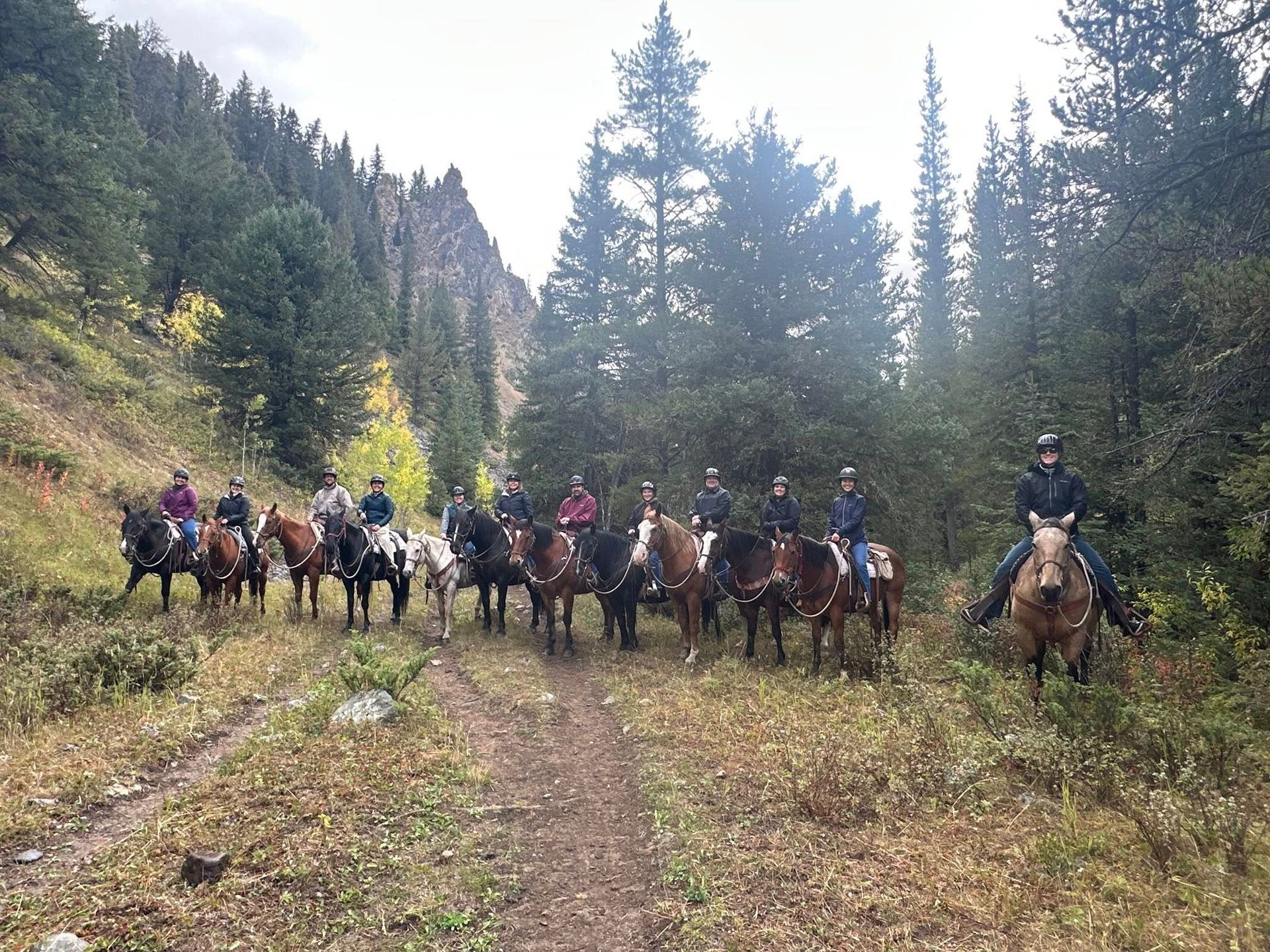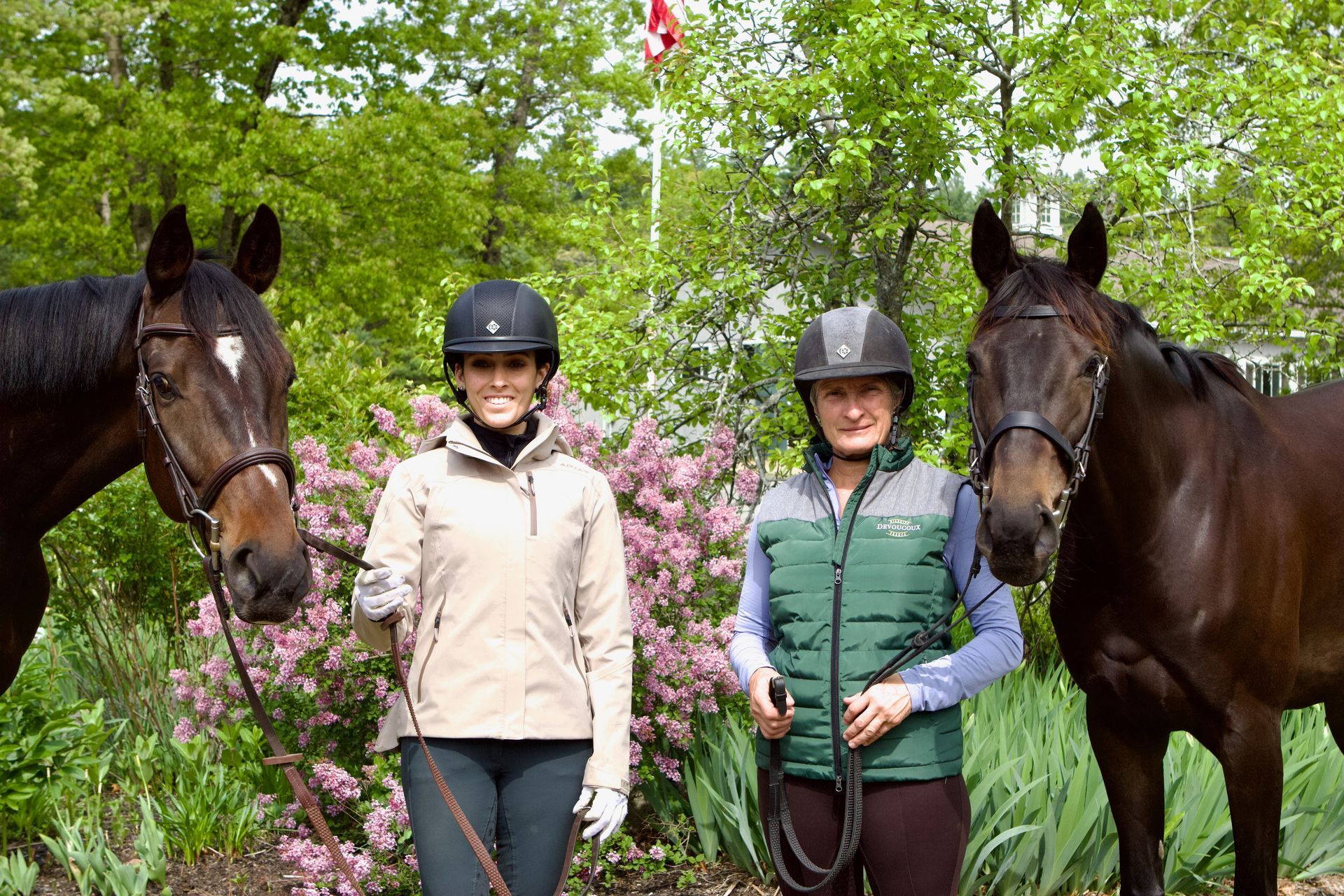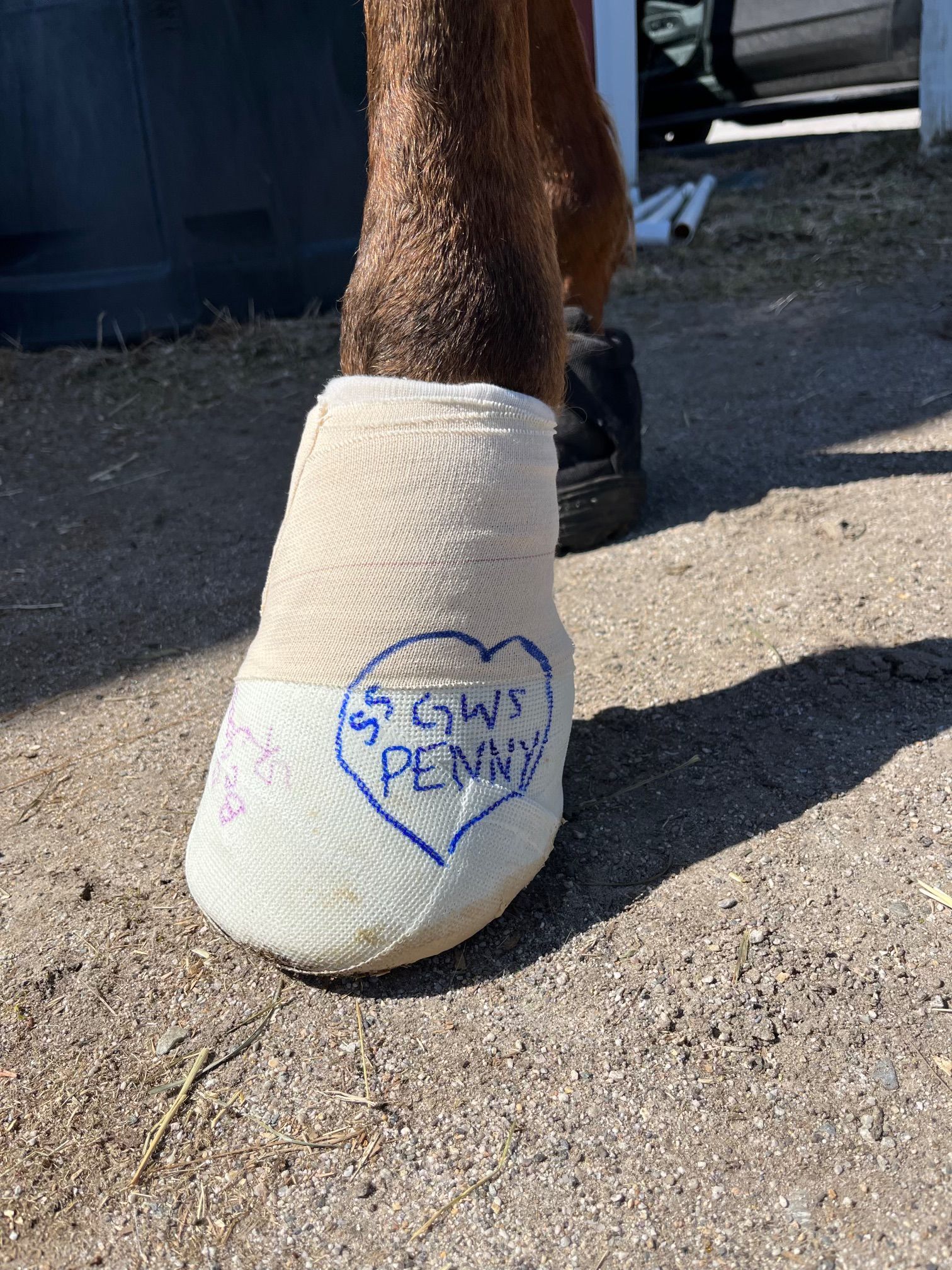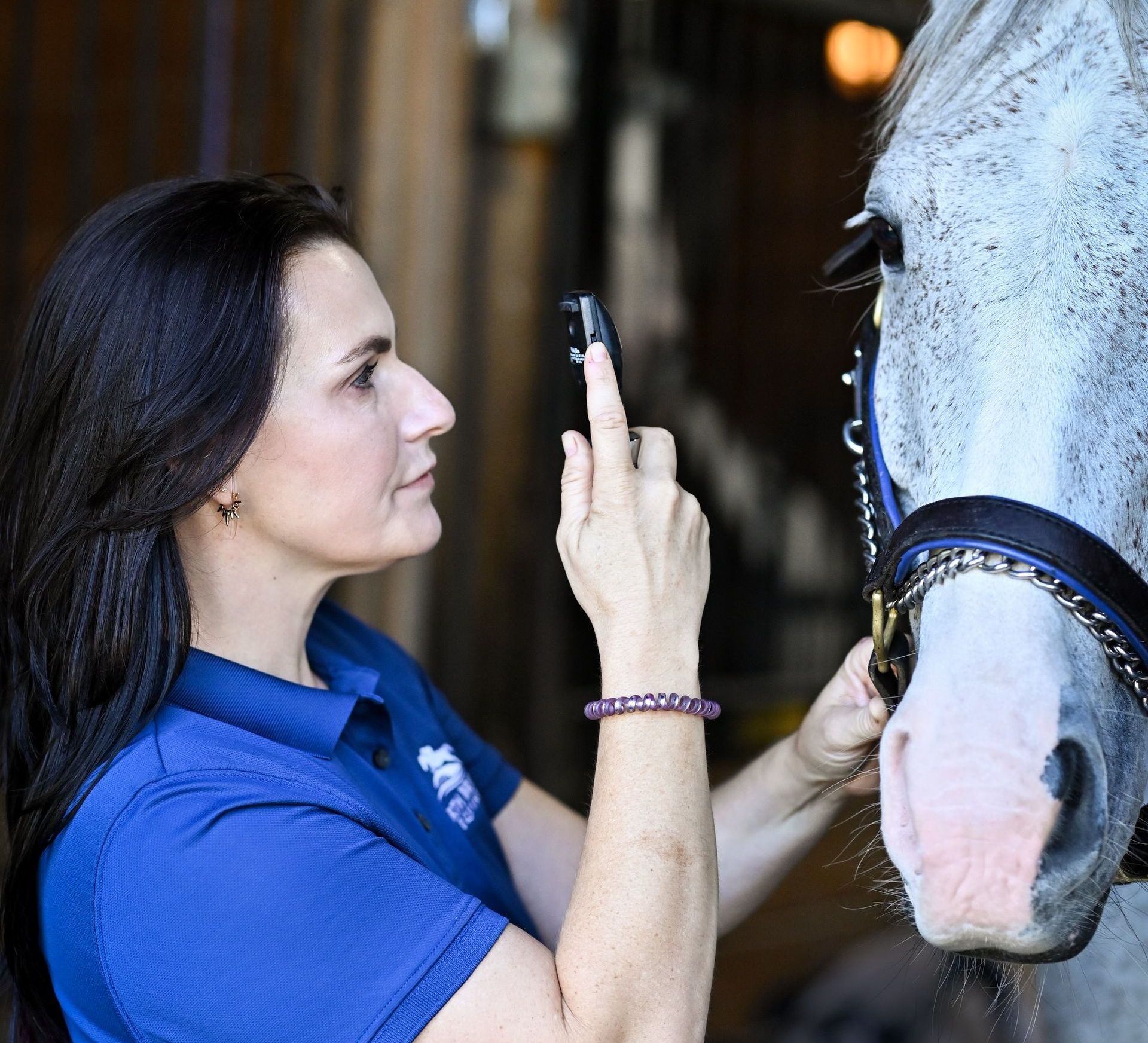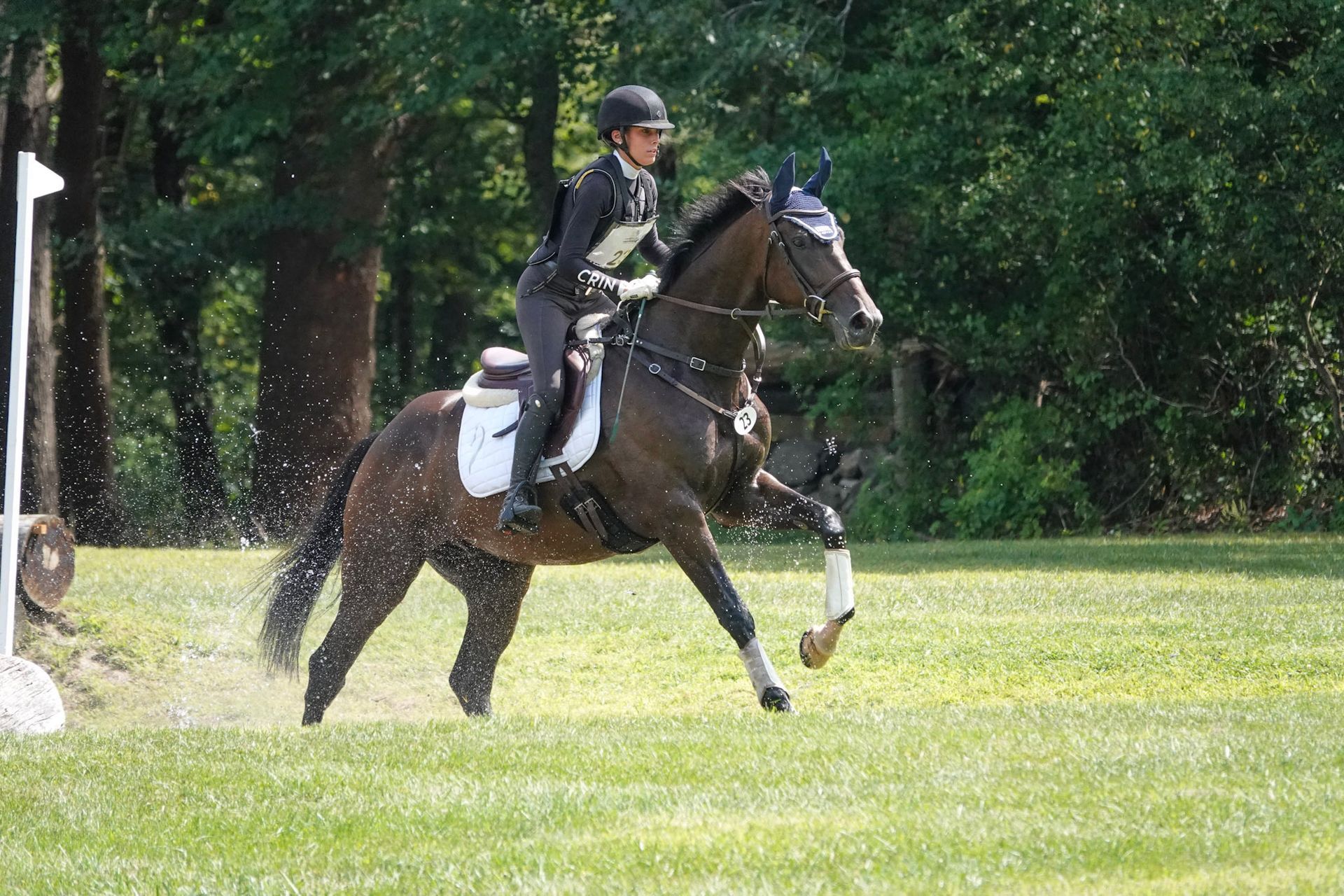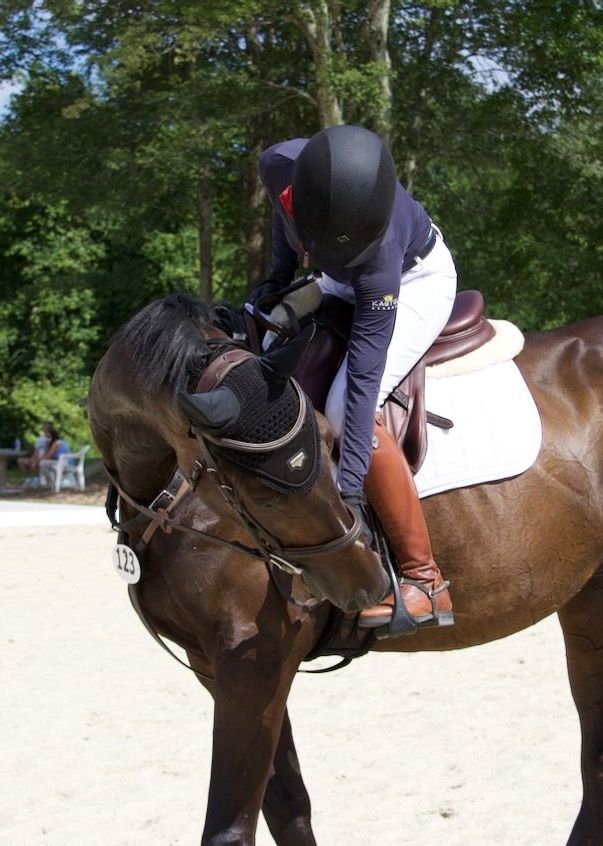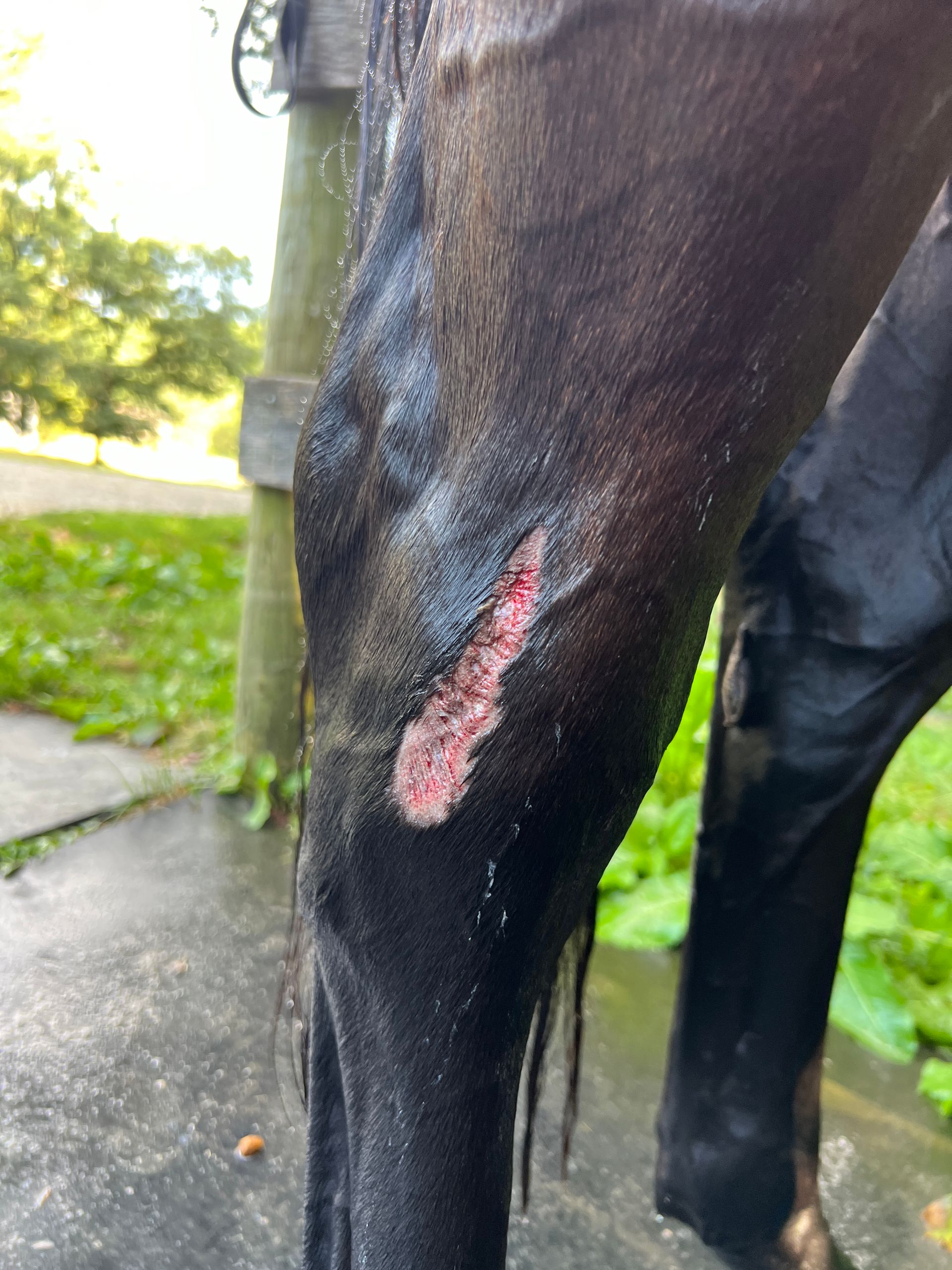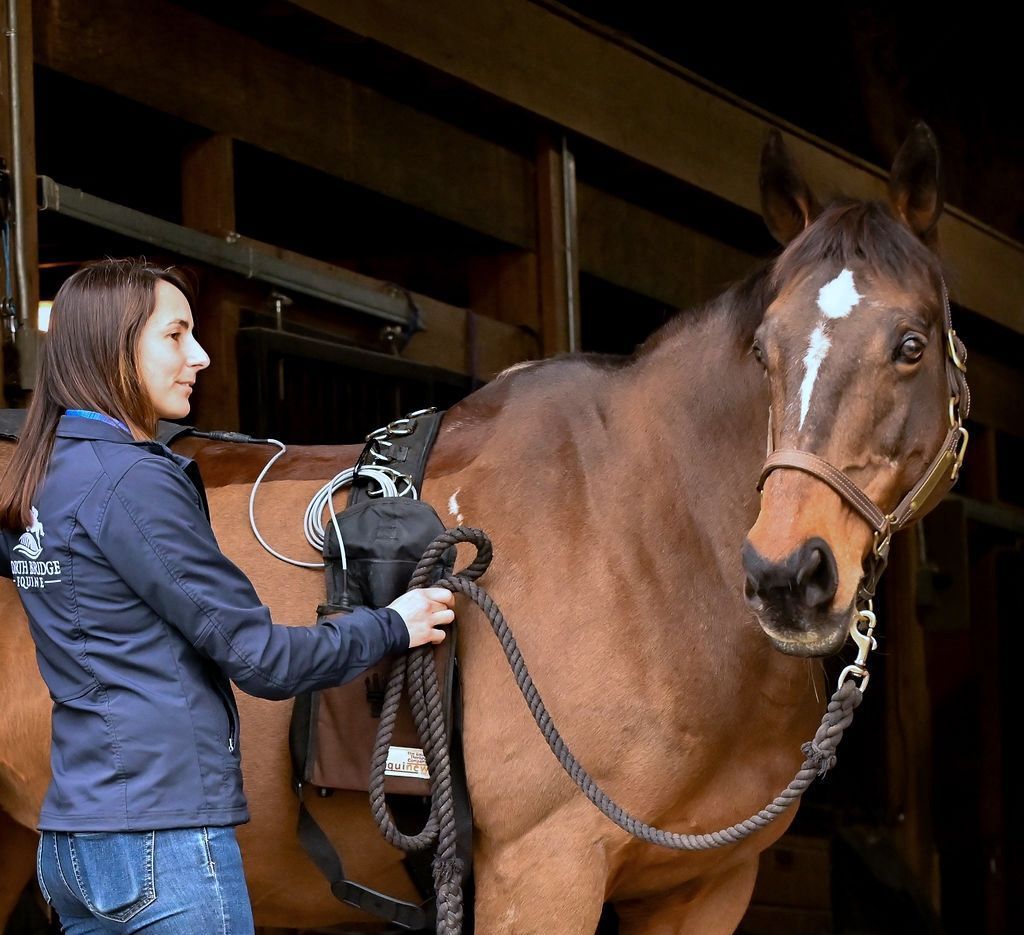Blog
Pasture Management
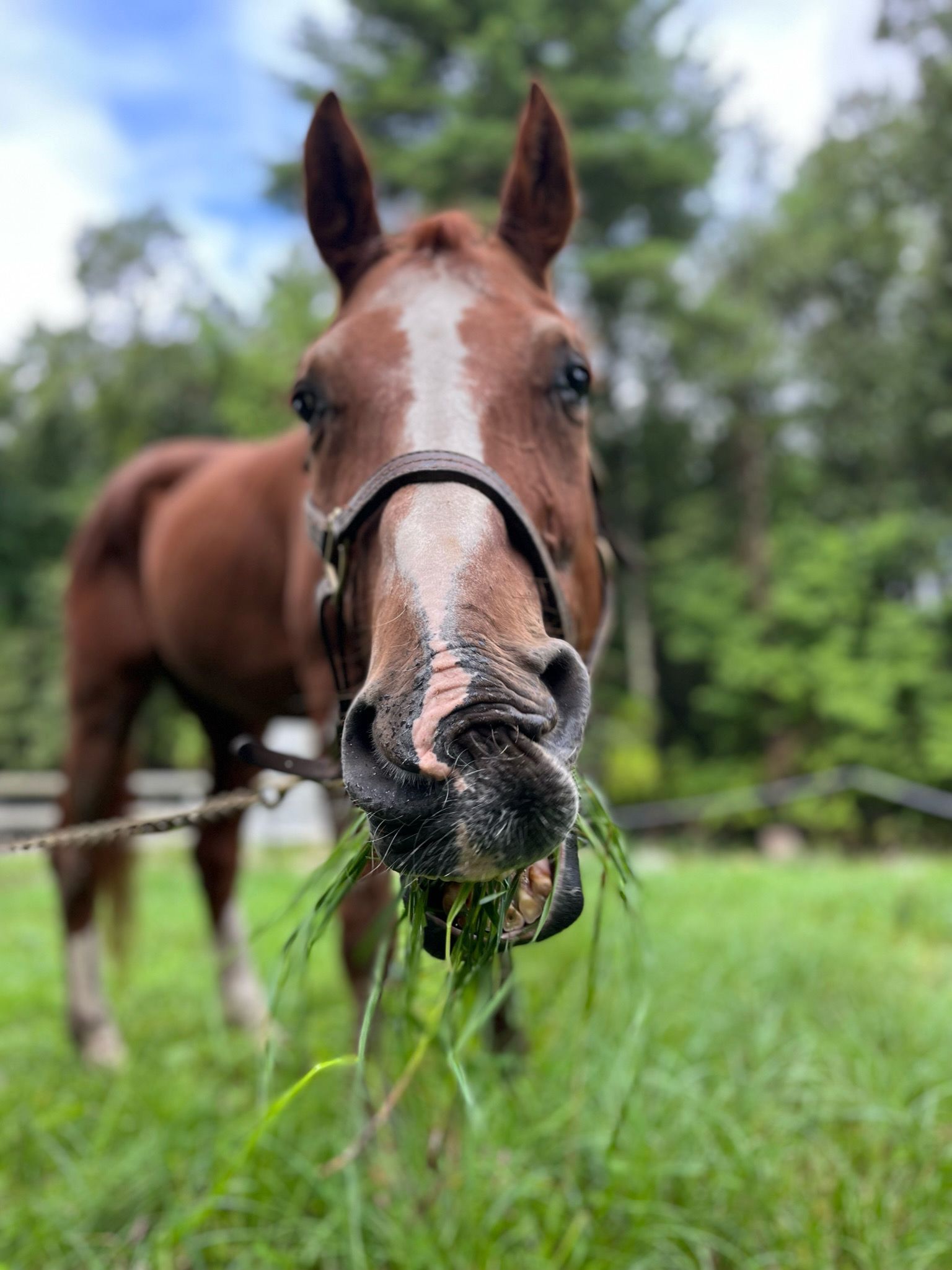
Pasture Management for Springtime Grass
After months of barren ground or snow covered fields, we are slowly starting to see the gorgeous signs of spring in New England once again. The horses are shedding and eagerly awaiting any chance they have to nibble some delicious green grass. Below we provide very helpful guidelines for the slow controlled introduction to keep our horses safe and healthy.
Horses that always live outside have the benefit of mother nature's slow introduction to grass as it grows through the first weeks of spring. Horses living in stalls with only partial day turnout have to be more strictly controlled in their introduction to pasture to prevent the serious trouble that can occur with too much fresh grass too quickly. Over indulgence in grass can result in gas colic and laminitis. So what can you do to protect your horse from the potential hazards of too much grass too quickly?
Here are guidelines to assist you in coming up with a pasture introduction plan:
Horses on 2-12 hours a day of pasture:
If you have limited pasture but still want your horse to reap the benefits of daily turnout you probably fall into this category. Most horses in a boarding situation with access to grass will be in this group. Take care to closely follow a pre-determined time scale of introduction for these horses. We recommend the following graduated schedule:
Days 1-3: 20 min/day
Days 4-6: 1hr/day
Days 6-9: 2 hrs/day
Days 10-12: 3 hrs/day
Day 13 and beyond: unlimited in horses who are not overweight or sensitive.
You can also use a grazing muzzle (see below) if you need to introduce pasture more rapidly. With a grazing muzzle you can add 20 min per day of turnout until on full turnout. Once on full turn out keep muzzle on for about a week then alternate every other day for a week then it should be safe to remove the grazing muzzle.
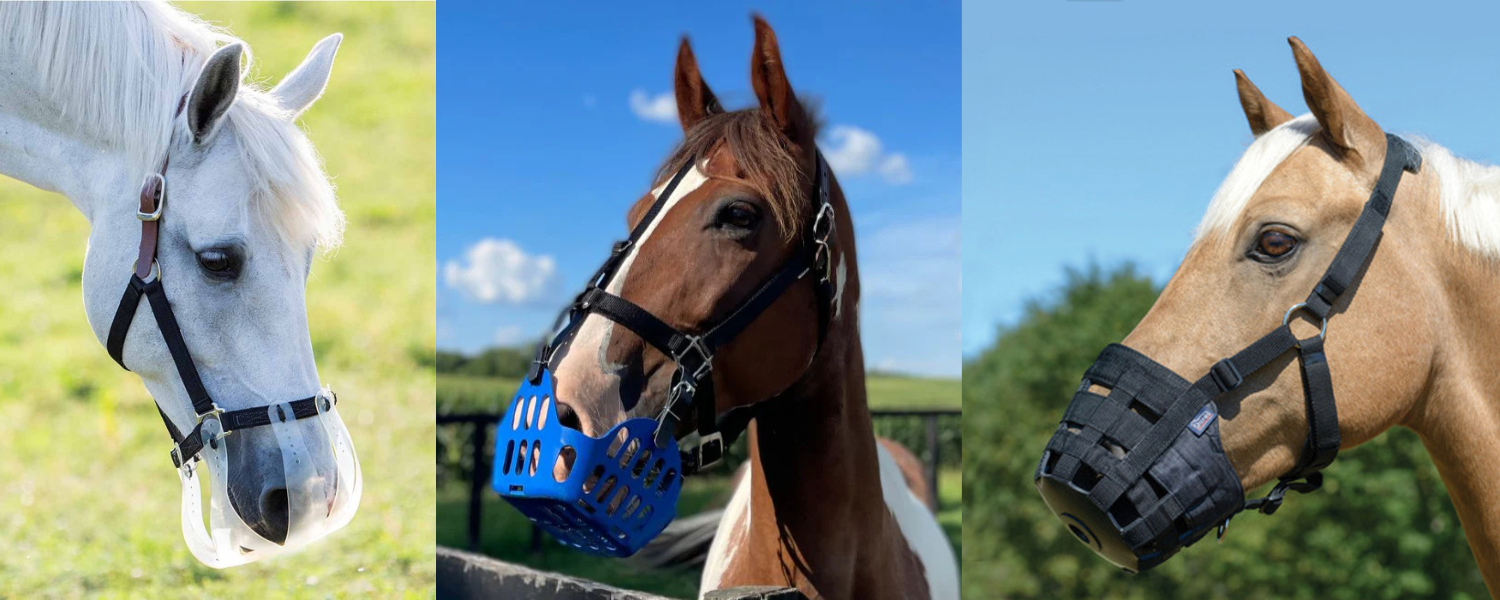
Horses living out 24/7, a field big enough for constant grazing all season:
These horses normally do fine by themselves. Nature gives its own slow introduction to new grass and horses graze as the grass grows and adapt on a day- to- day basis. These situations are far more common in geographical areas like in the western US where grazing lands are plentiful. If your grass begins to come up very quickly you may want to use a grazing muzzle for a week or two to slow your horse's grass consumption during this period of rapid grass growth.
The most important thing to remember is that grass is a great source of calories for your horse. For the hard keeper thoroughbred-type, this is a great way to bulk them up after a long winter. For the rest of us with hearty warmbloods or chubby ponies, we have to watch these horses very carefully. In addition to the introduction guidelines above, we recommend the easy keepers or over conditioned horses use a grazing muzzle to slow their intake of grass and thus calories. While you may think this is cruel you are really doing your horse a huge favor. They can still eat grass normally it simply reduces the amount of grass they eat in a given time. If your horse has EMS (Equine Metabolic Syndrome) or PPID (Cushing's) please consult NBEA Veterinarians to come up with a safe plan catered to your horse.
Recent Posts
